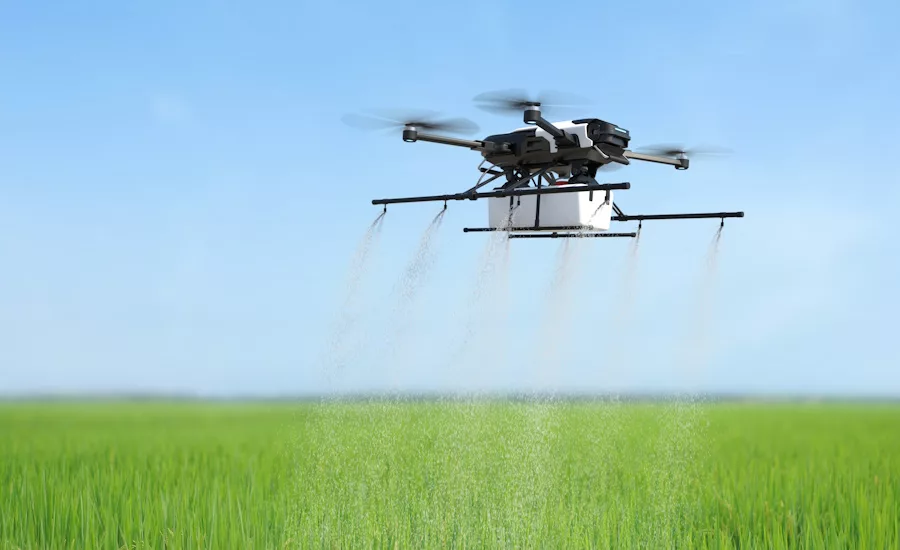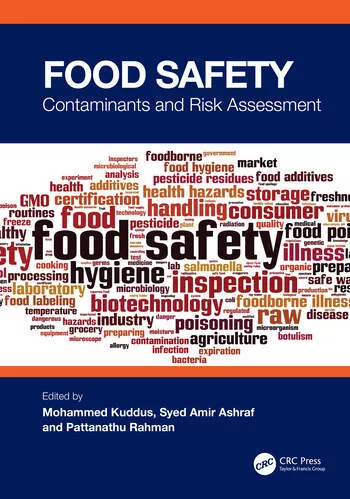EFSA Report: Risk from Pesticide Residues in Europe Remains Low

Image credit: user6702303 via Freepik
The risk from pesticide residues to human health remains low, in line with previous years, the European Food Safety Union (EFSA) said in its latest annual report.
EFSA analyzed thousands of samples collected in 2023 from commonly consumed products.
The report analyzes information on pesticide residues gathered from random and targeted monitoring programs. EFSA also published an interactive tool that allows users to browse the data in charts and graphs.
Random Sampling Shows Consistent Results
EFSA analyzed the results of 13,246 random samples taken by EU Member States, Norway and Iceland from 12 of the most consumed food products in the European Union as part of the EU-coordinated control program (EU MACP).
The EU MACP program samples the same commodities every three years to track trends. For 2023, these were carrots, cauliflowers, kiwi fruits (green, red and yellow), onions, oranges, pears, potatoes, dried beans, brown rice, rye, bovine liver and poultry fat.
From this subset of samples analyzed under the EU MACP, 99 percent were found to be compliant with EU legislation. This finding is consistent with the results obtained in 2020 (99.1 percent), when the same selection of products was sampled.
Of the 2023 samples, 70 percent were free of quantifiable levels of residues, while 28 percent contained one or more residues within legal limits. Maximum residue levels (MRLs) were exceeded in 2 percent of samples, of which 1 percent were non-compliant after taking into account the measurement uncertainty.
Looking for quick answers on food safety topics?
Try Ask FSM, our new smart AI search tool.
Ask FSM →
Targeted Sampling with High Compliance Rate
EFSA’s annual report on pesticide residues also includes the results from the Multiannual National Control Program (MANCP), which gathers data from targeted sampling, based on the level of risk.
These national control programs provided 132,793 samples, 98 percent of which were compliant with EU legislation. Compliance rates for the MANCP in 2021 and 2022 were 97.5 percent and 97.8 percent, respectively.
Of the 2023 samples, 58 percent did not contain quantifiable residues, while 38.3 percent contained residues within legal limits and 3.7 percent exceeded the MRL, of which 2 percent were non-compliant.
Dietary Risk Assessment
The results from the monitoring programs are a valuable source of information for estimating dietary exposure of EU consumers to pesticide residues.
EFSA carried out a dietary risk assessment as part of its analysis of the results. The assessment shows the probability that consumers will be exposed to a quantity of residues above a certain safety threshold.
Based on its assessment, EFSA concludes that there is a low risk to consumer health from the estimated exposure to pesticide residues in the foods tested.
The report also makes recommendations to increase the efficiency of European control systems for pesticide residues. For example, EFSA advises Member States to further investigate and monitor pesticide and crop combinations leading to non-compliances, and to continue monitoring pesticide residues in samples imported from outside the EU with a wide analytical scope.
The entire EFSA report on pesticide residues in food is available here.









